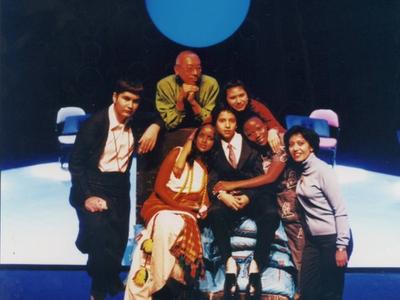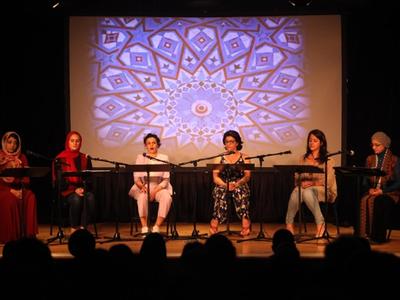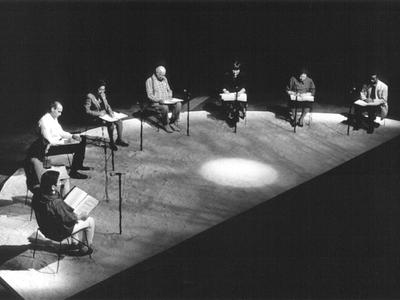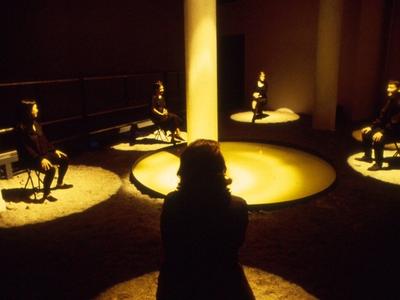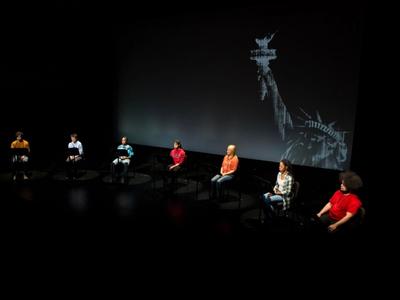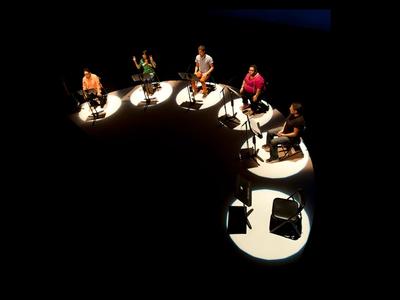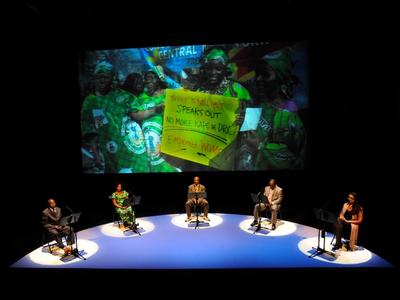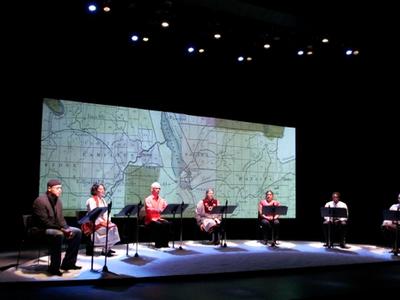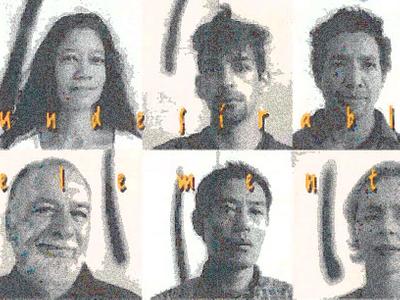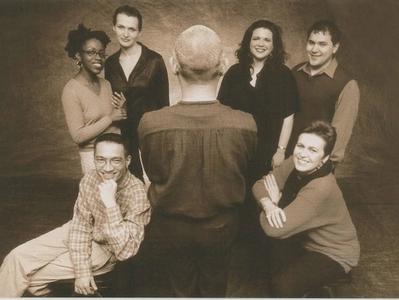
Undesirable Elements
ORIGIN
Undesirable Elements began in the Fall of 1992 in a dimly lit gallery, with scattered spotlights and seven people in a circle. Audience members gathered at Artists Space in Lower Manhattan to witness a live performance accompanying a visual arts installation created by Ping Chong called A Facility for The Channeling and Containment of Undesirable Elements.
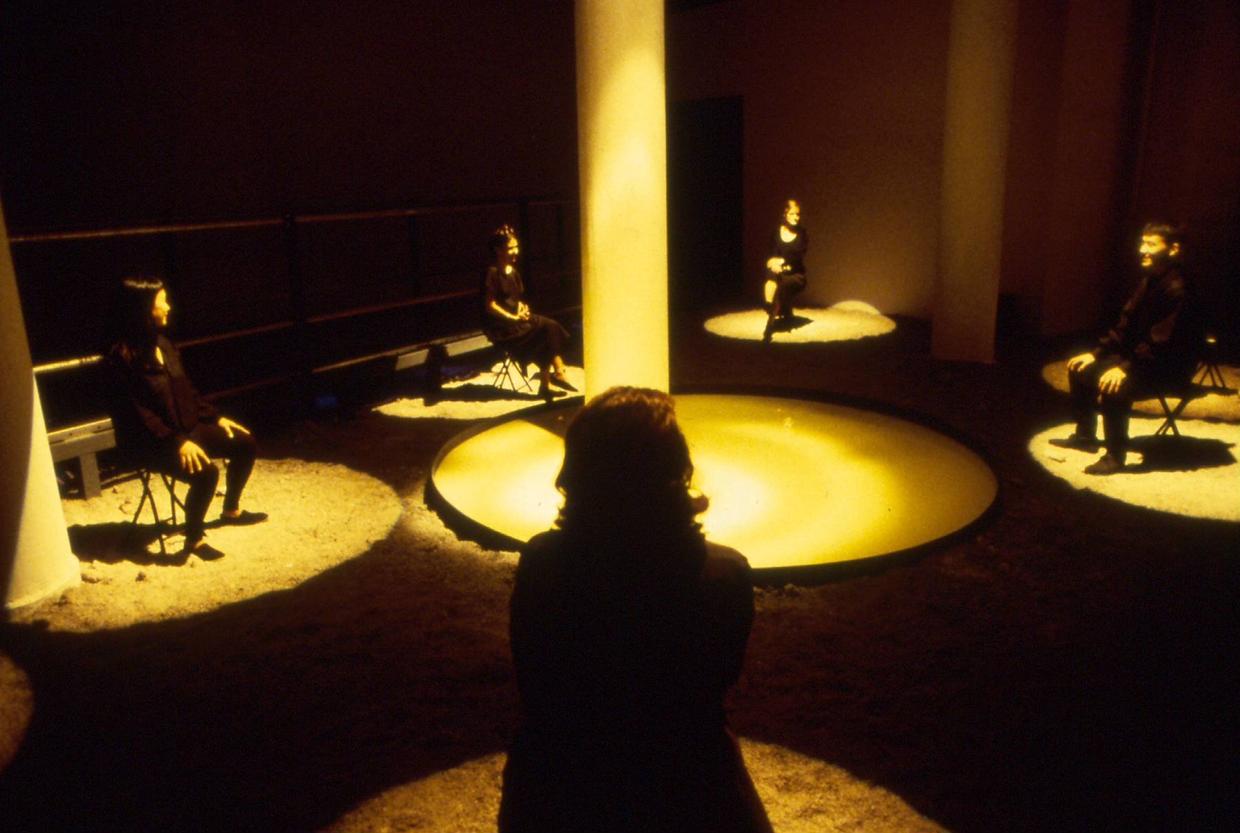
The performance invited a diverse group of participants (Cochise Anderson, Eva Gasteazoro, Emerald Trinket Monsod, Hiromi Sakamoto, Tania Salmen, Regine Anna Seckinger and Olga Kyrychenko Shuhan) to share their life experiences, challenging who may be perceived as “undesirable elements” in an age of Reaganomics and neoliberalism. An inspired audience member watching the piece wanted to bring it to their hometown in Cleveland. Rather than touring the piece, Ping Chong created a new work with local participants. Thus Undesirable Elements was catalyzed into a now longstanding form of interview-based theater that has become an essential platform of PCCs work.
DEVELOPMENT
“The process is deceptively simple.” says Ping Chong in his artist statement for Undesirable Elements. “I interview people within a community who come from different cultures — broadly defined. I ask them about where they are from, the history of their cultures, their experiences living in the community where we are making the piece. From these interviews I weave a performance text that the individuals perform as an ensemble.”
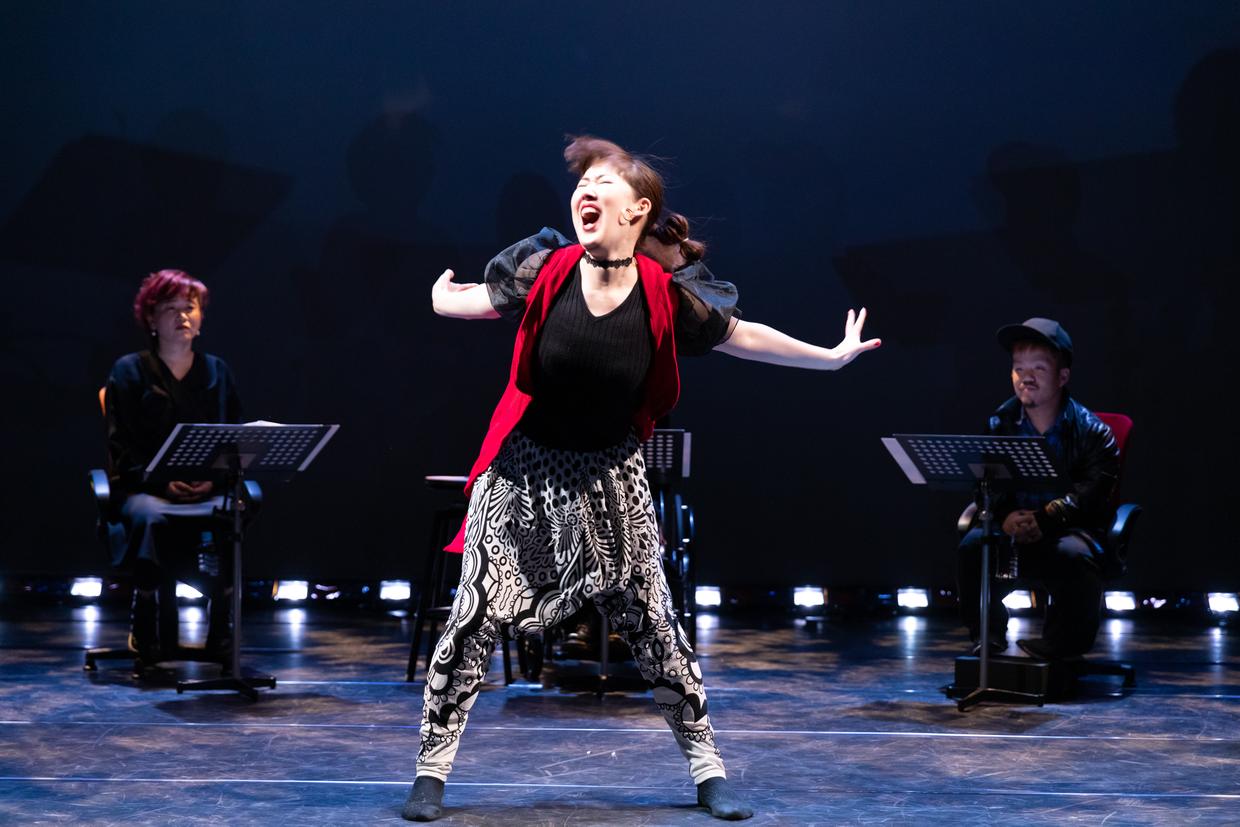
Undesirable Elements productions are structured with three levels of impact in mind, all fostering a greater understanding between individuals and communities. Associate Director Sara Zatz, who is a long-time lead artistic collaborator on Undesirable Elements, describes the process as “dropping a stone in a lake, and then you get the ripples.” The first level of impact, and often the most intimate, is building the connection between cast members in the rehearsal process. This is fostered by being in community through shared stories, identities, and experiences. The second level is the cast publicly sharing their stories to an audience and having that audience connecting with and learning from their stories. Lastly, and the most important level in sustaining Undesirable Elements over time, is its impact. Audience members go back to their own communities to share experiencing an Undesirable Elements production and its resonance.
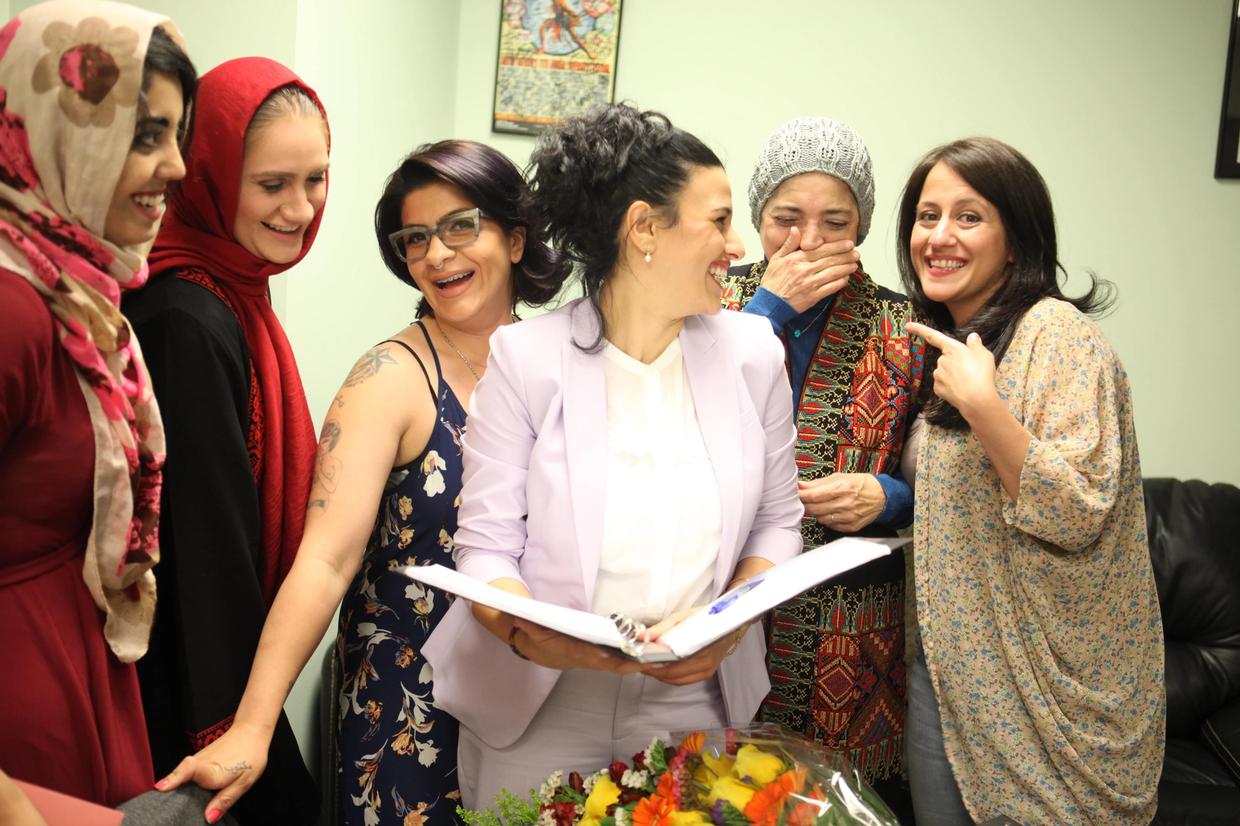
“Undesirable Elements exists as an open framework that can be brought to any community, and be tailored to suit the needs and issues facing that community. Each production is made with a local host organization, a theater, museum, university, arts center, or community organization, with local participants testifying to their real lives and experiences” says Zatz, emphasizing the community partnerships created with an Undesirable Elements production. “It is a deeply collaborative process, one that requires the establishment of significant trust, and constantly seeks to balance artistic vision with the need to honor the authentic voices and stories of the participants.”
The script is always performed by the interviewees themselves, and they retain a final right of review and approval. Most have never before spoken publicly about their life experiences; many have never before performed on stage.
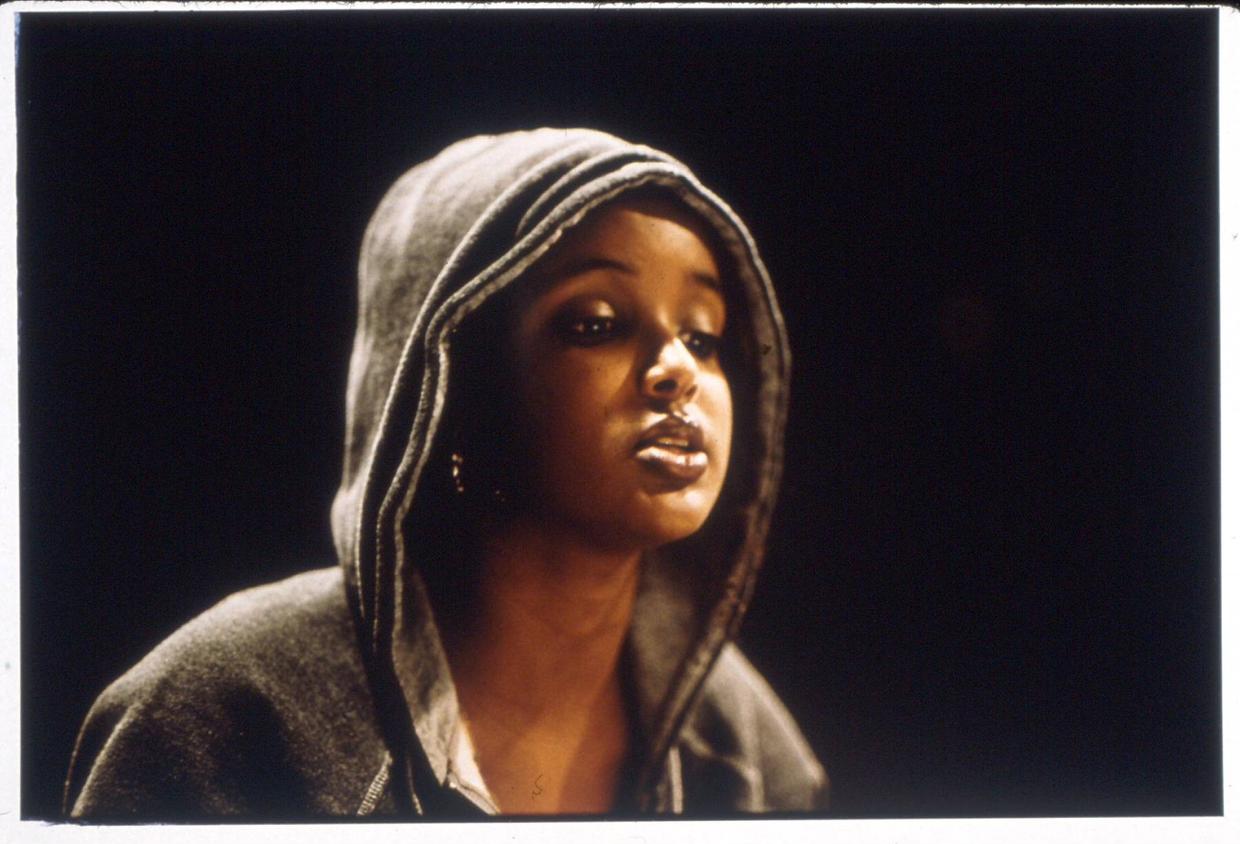
IMPACT
The Undesirable Elements series is an expansive geographic endeavor, with productions in New York, Seattle, Rotterdam, Tokyo, Chicago, Wisconsin, Berlin, and more. The Undesirable Elements form evolved from shared geographic experiences in its early work to shared lived experiences with the catalyzing Children of War in 2002, highlighting experiences of civil turmoil and domestic trauma on youth from countries around the world. From there, the Undesirable Elements series continued centering communities with diverse geographies, ages, races, socio-economic statuses, and ultimately stories. For example, 2018’s Undesirable Elements/Dearborn creating in partnership with Arab American National Museum, centering Arab American Muslim women in in Dearborn, Michigan, managed to use the intersection of place, race, gender, and religion as the anchor of its performance.
A key component of the Undesirable Elements process is a commitment to partnering with organizations, artists, and leaders to engage with local communities. Our local partners support connections and dialogue between PCC artists and local community members, helping to build new, or nourish long standing relationships. Many Undesirable Elements are created at the invitation of partner organizations who want to utilize theater and storytelling to address issues and histories of their communities.

The Undesirable Elements project has had over 60 productions nationally and internationally, ranging beyond its titular theme to uplifting common identities. Its methodology strives to always be in partnership with communities and to invite collaboration with artists and team members to utilize for their own practice and communities. As such, a training model was created so that other people, artists and non-artists alike, can bring its pedagogy to their communities. Out of the Undesirable Elements series was born the Secret Histories arts education program, an in-school residency through PCC where the company brings the Undesirable Elements methods to New York City students and young audiences. Partnerships can extend beyond creating and presenting new work. For example, PCC developed a national program to train non-arts organizations to create their own theatrical productions modeled on PCC’s Secret Survivors production, featuring the voices and experiences of child sexual abuse survivors. These productions have become tools for community-based dialogue and action. PCC also celebrates a twenty-plus year partnership with youth leadership organization Global Kids to create after school residencies uplifting stories and cultural histories of NYC youth, led by teaching artist and original UE cast member Emerald Trinket Monsod. The company has created videos, toolkits, workshops and a book to expand the impact of the work beyond theatrical settings.
“Ping Chong’s Undesirable Elements was a revelation for me as an artistic director and artist,” says Tim Bond, Artistic Director of TheatreWorks Silicon Valley and past presenter of UE Seattle, Tales From The Salt City and Cry For Peace. “The theatrical collage of cultural history, personal narrative, political strife, forced migration, relocation, and the process of watching these survivors become performers and step in and out each other’s stories was so moving. What a way to create community, welcome greater understanding of our neighbors and ourselves, and democratize the theatrical process of devising new works. What an incredible way to welcome new communities to our theatre, to expand our longtime audiences thinking about the art form, and to build bridges between peoples understanding of the commonalities we all share as humans on this planet.”
And perhaps that is the secret of Undesirable Elements as a whole — its ability to create vulnerable, brave space for both cast and audience.
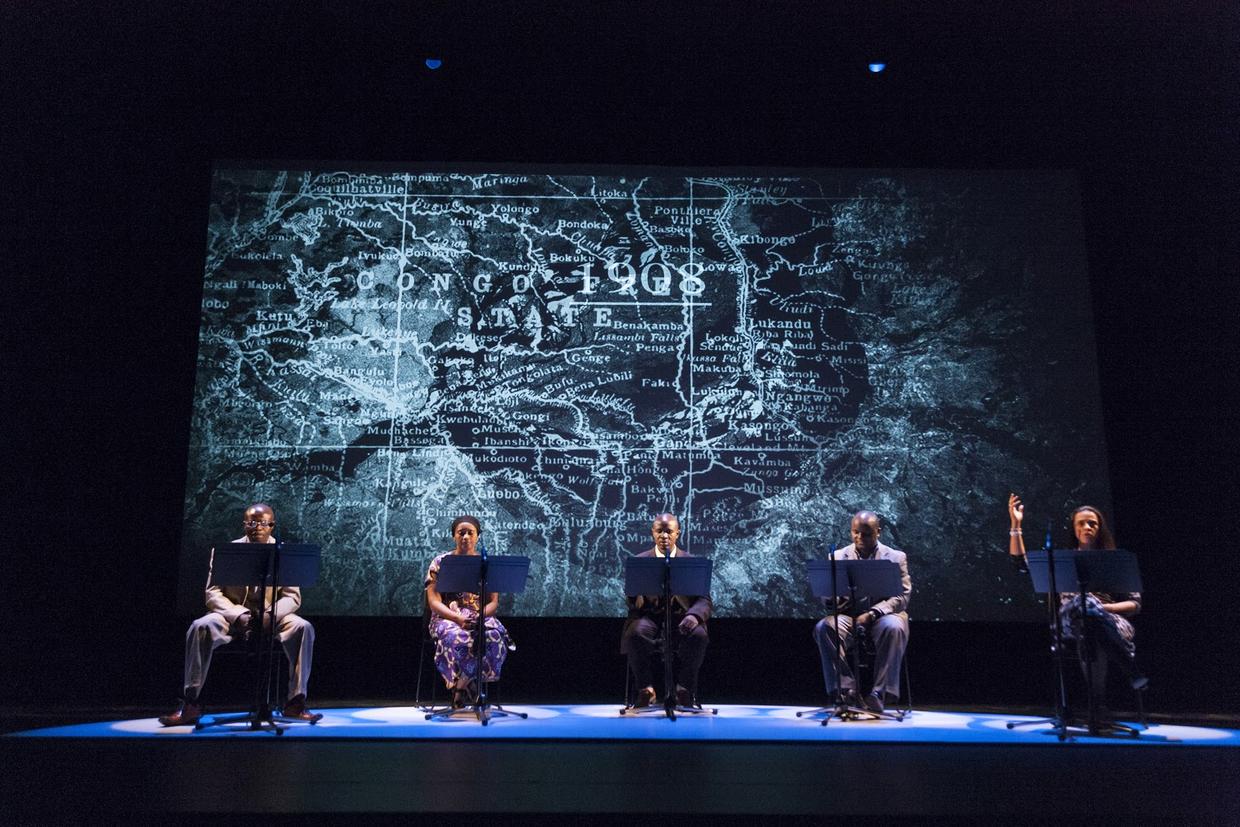
Alisa Solomon ends her introduction to Undesirable Elements: Real People, Real Lives, Real Theater by saying that UE “present[s] Americans who are neither to be despised and feared nor to be superficially celebrated. But to be attended to, recognized, and heard.” And in being heard, Undesirable Elements is designed to transform for the needs of a community. And in moments where it is harder to stand in truth, it is these theater forms we can lean on for those that come after us.
